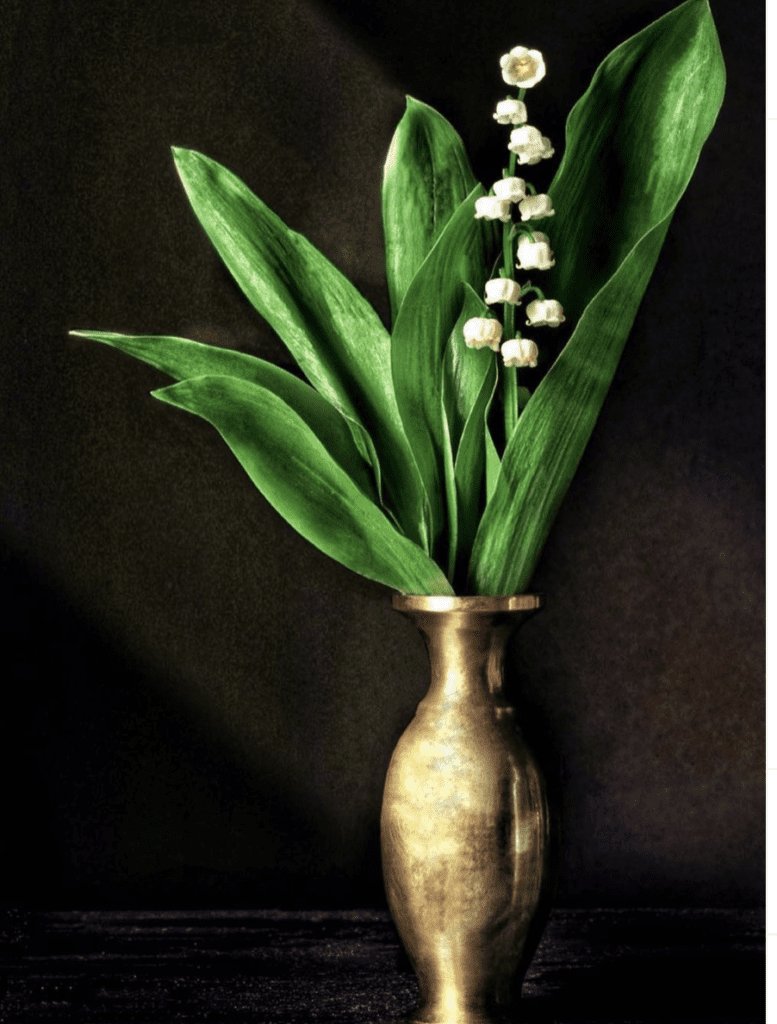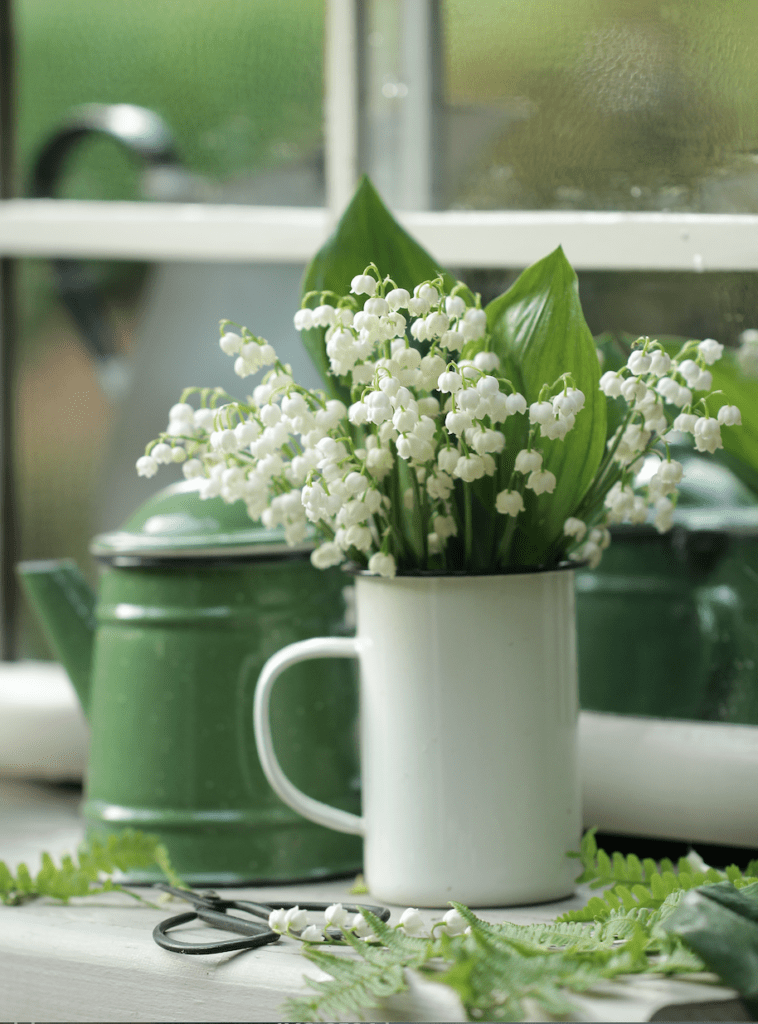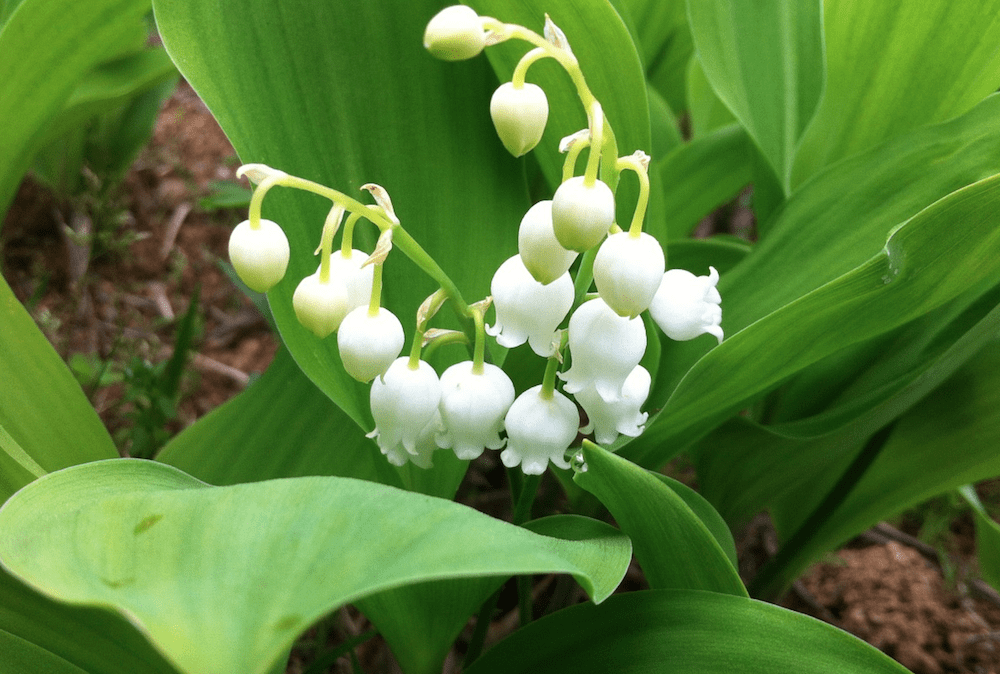Thank France’s King Charles IX for Popularity of This May Flower
By Jill Brooke

Lily of the valley is the flower for the month of May.
It is a woodland flowering plant with sweetly scented, pendent, bell-shaped white flowers that bloom in spring. In fact, it’s part of the asparagus family. In the fall, it has orange-red berries but it is most known for its white bell-shaped flowers and how it bursts into bloom when we need it most – right after the winter. Best planted in the fall, it is a really good ground cover and just peeks out and gives people a smile when needed most. In fact, many gardeners, me included, plant it near trees since it’s happy in sun and partial shade too.
In the language of flowers, lily-of-the-valley in Victorian times meant a return to happiness. It also symbolizes purity, sweetness and motherhood.
Because lilies-of-the-valley were part of Queen Elizabeth’s coronation bouquet in 1953, it is the British monarch’s favorite flower.
But it has a very interesting history too. Although over 1000 years old, it was the flower that actually started people who weren’t lovers to give each other blooms.

Author Carol Woolton shared this story with me which added to its popularity. In 1561, King Charles IX of France was presented with a bunch of lilies-of-the-valley to bring him luck and prosperity. The delicacy of the flower and the kind gesture moved him. Inspired, he then gave the sweet-smelling blossoms to the ladies of the court creating the Fete du Muguet where gifts of lily of the valley are given as a porte-bonheur, a good luck charm. As a result, we give flowers not only to lovers but to people we care about and appreciate.
Lily-of-the-valleys are also called May bells and Mary’s tears though lily-of-the-valley is the most charming name. The lily of the valley is mentioned 15 times in the Bible. In Christian legend, Eve’s tears as she was expelled from the Garden of Eden created the growth of lily-of-the-valley in the same way that the tears of Mary seeing her son on the cross is known for creating carnations.
Another legend has it that the flower fell in love with a nightingale singing a bird song in the woods and only bloomed when the bird returned to the woods in May. Sweet right?
So many artists have also interpreted this lovely flower and we selected photographer Debi Shapiro to showcase this beautiful bloom. It’s equally beautiful in a vase or decorating your garden.

Jill Brooke is a former CNN correspondent, Post columnist and editor-in-chief of Avenue and Travel Savvy magazine. She is an author and the editorial director of FPD and floral editor for aspire design and home magazine
Photo Credit: Debi Shapiro Photography, Pixabay
